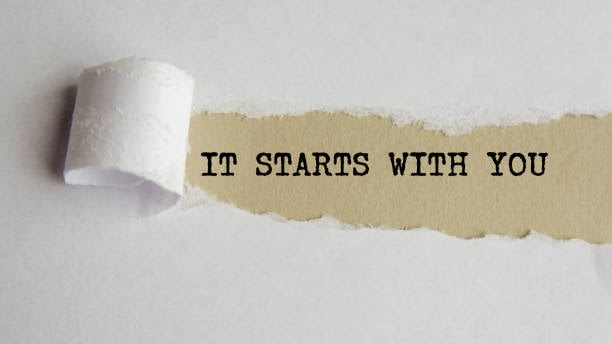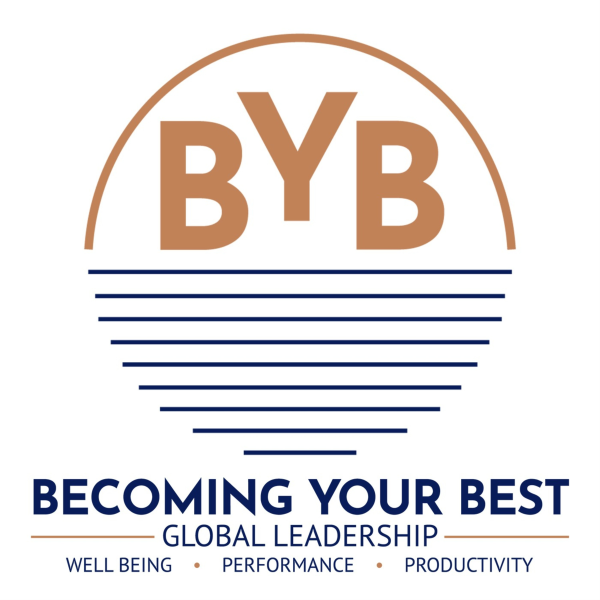In 2006, one industry leader’s commitment to accountability turned around a company and saved 200,000 jobs. Can this breakthrough leadership skill — being accountable — help you overcome hurdles and reach your true potential? Let’s explore what being accountable means, how you can practice accountability, and review a very impressive case study. Here’s week nine of the summer leadership series!
Why Accountability Matters and How to Practice It
Here’s a sobering reality: while 49% of leaders feel they’ve set clear expectations, only 20% have the courage to address mediocre performance when it occurs. And, a study of 40,000 people by Culture Partners revealed a “crisis of accountability in organizations,”with 93% of those surveyed unable to align their work or take accountability for results.
This accountability gap reveals why organizations struggle – leaders and teams talk about accountability, but struggle to practice it.
Being accountable is taking ownership. It is saying, “I’m responsible”for decisions, actions, and their outcomes. It’s also taking responsibility for your people — no blaming or finger pointing. The leader is responsible. Period. When leaders fail to model accountability, it creates cultures where finger-pointing thrives and problems abound!

So how do you practice real accountability? Start by owning your mistakes publicly and completely – no excuses, no blame-shifting, just ownership and a clear plan to fix the problem. Create regular check-ins where team members can safely report both successes and failures without fear of punishment. When problems arise, ask “What’s my role in this?”before looking elsewhere. Most importantly, follow through on commitments consistently, even small ones, because accountability is built through daily actions, not grand gestures. True accountability means creating an environment where people feel safe to tell the truth, admit mistakes, and focus on solutions.
Case Study: Alan Mulally and Ford
When Alan Mulally became Ford’s CEO in 2006, the company was hemorrhaging $17 billion annually. His first leadership team meeting revealed the problem: despite massive losses, every executive reported their divisions were “green”(performing well).
Mulally created a culture of radical accountability. He instituted weekly “Business Plan Review”meetings where leaders had to honestly report problems using red, yellow, and green status indicators. Initially, no one admitted problems. Then Mark Fields courageously reported his Edge launch was “red”- behind schedule and over budget.

Instead of punishment, Mulally stood and applauded. “Thank you for the transparency,”he said. “Now, how can we help?”This moment transformed Ford’s culture. Leaders began honestly reporting problems, enabling rapid solutions.
The results: Ford was the only American automaker to avoid bankruptcy during the 2008 crisis, returning to profitability by 2009. Mulally’s accountability-first leadership saved the company and 200,000 jobs.
So, Now What?
This week, model accountability by owning one mistake publicly and outlining your plan to fix it. When problems arise, ask “What’s my role in this?” before looking elsewhere. Create systems where your team can safely report bad news without fear of retribution.
Remember: accountability isn’t about perfection – it’s about ownership, learning, and relentless improvement! That’s becoming your best.
Want to see other articles and posts by Becoming Your Best? Go here.
Want to learn more about our training solutions?
Leadership Development: The 12 Principles of Highly Successful Leaders
Do What Matters Most: The #1 Time-Management and Productivity Solution
The Six-Step Process: Six-Steps to Solve Your Biggest Challenges
Free Resources

